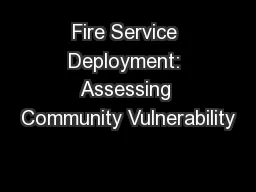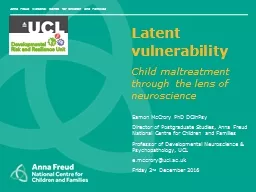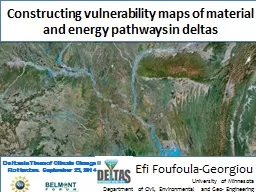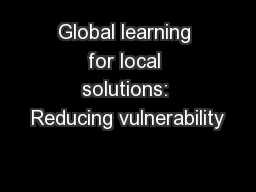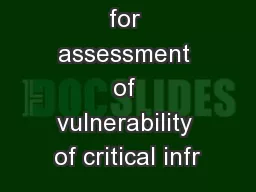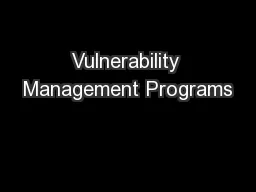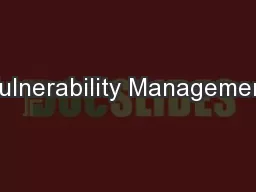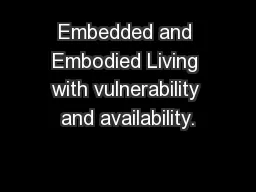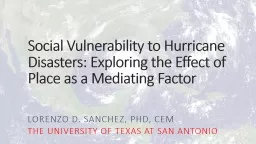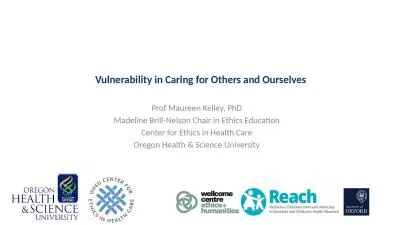PPT-Fire Service Deployment: Assessing Community Vulnerability
Author : lois-ondreau | Published Date : 2018-02-12
FireCARES Project Fire Department Core Values Protect lives property and the environment through preparedness prevention public education and emergency response
Presentation Embed Code
Download Presentation
Download Presentation The PPT/PDF document "Fire Service Deployment: Assessing Commu..." is the property of its rightful owner. Permission is granted to download and print the materials on this website for personal, non-commercial use only, and to display it on your personal computer provided you do not modify the materials and that you retain all copyright notices contained in the materials. By downloading content from our website, you accept the terms of this agreement.
Fire Service Deployment: Assessing Community Vulnerability: Transcript
Download Rules Of Document
"Fire Service Deployment: Assessing Community Vulnerability"The content belongs to its owner. You may download and print it for personal use, without modification, and keep all copyright notices. By downloading, you agree to these terms.
Related Documents

